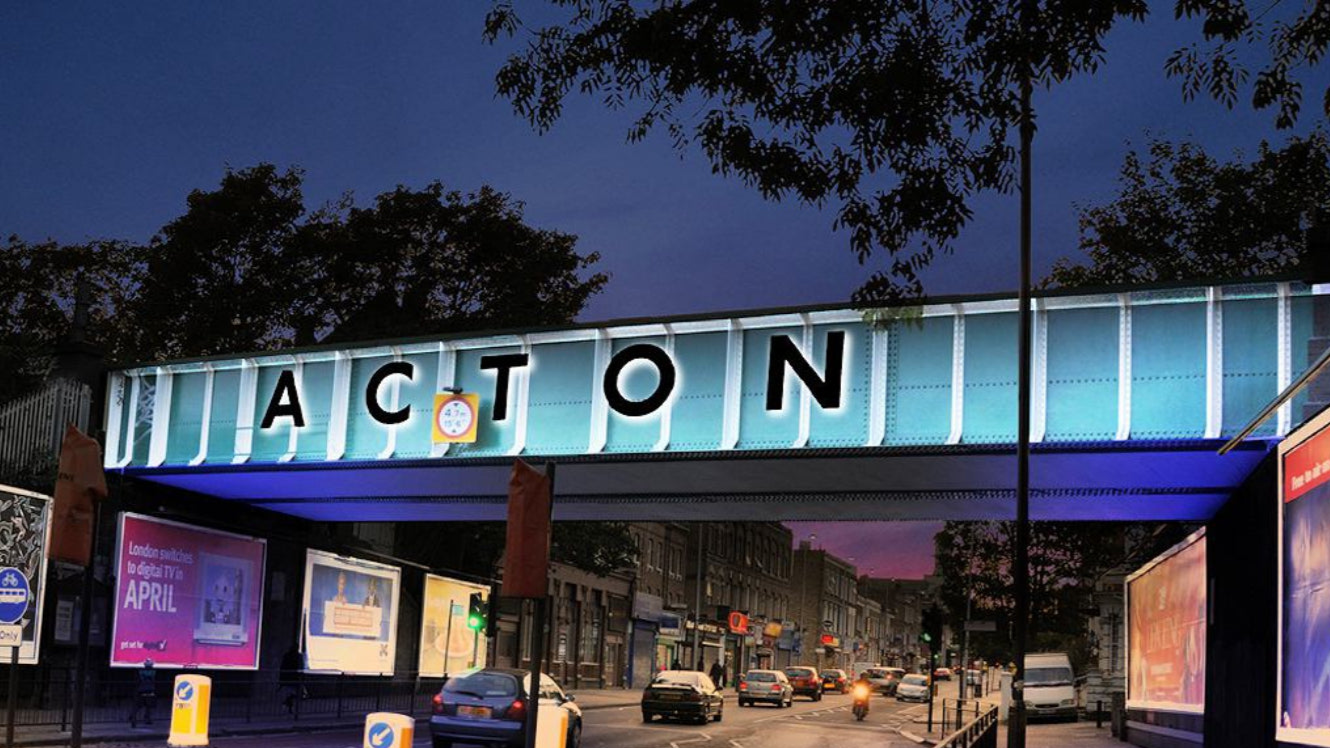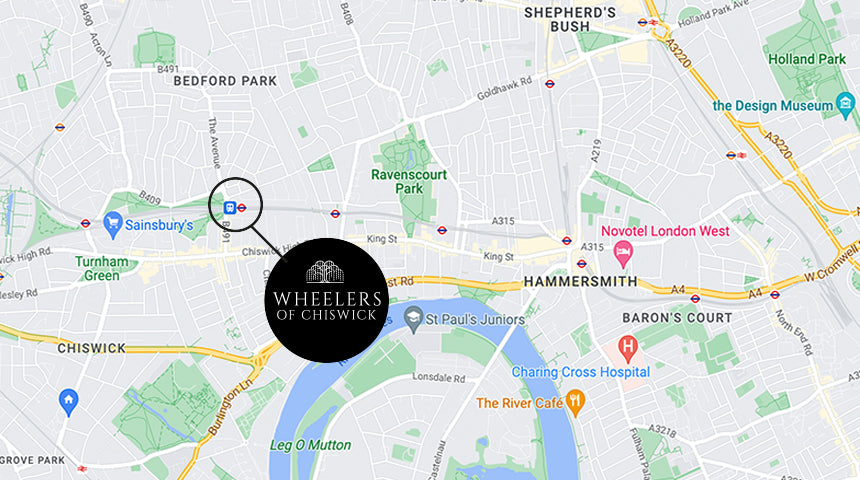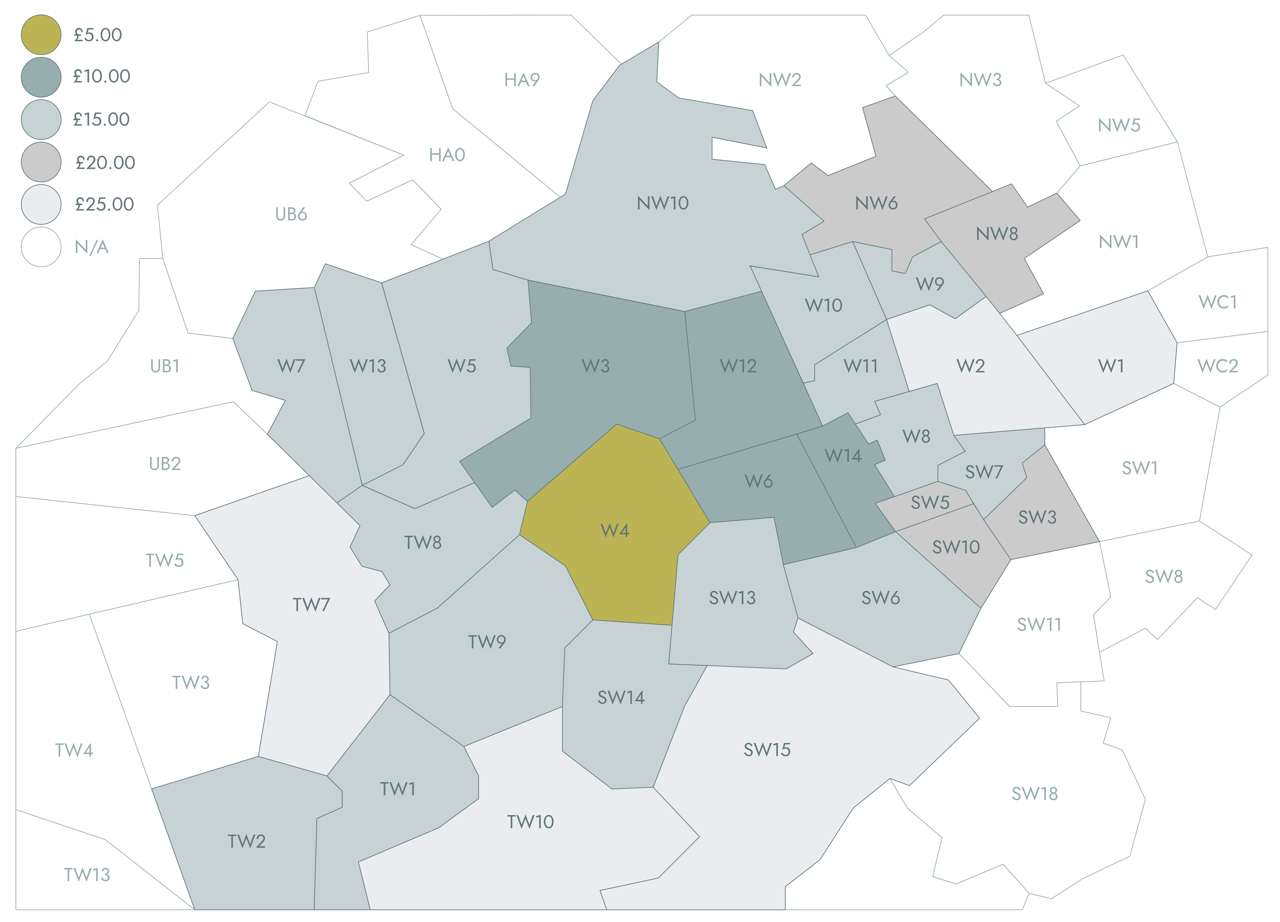Latest Flower Collection
-
The Vanity Fair
Regular price From £55.00 GBPRegular priceUnit price per -
The Bedford
Regular price From £55.00 GBPRegular priceUnit price per -
The Barley
Regular price From £55.00 GBPRegular priceUnit price per -
The Queen Anne
Regular price From £55.00 GBPRegular priceUnit price per -
The Devonshire
Regular price From £55.00 GBPRegular priceUnit price per
The bridge plays a crucial role in facilitating travel and commuting within the region. It is part of the North London Line, operated by London Overground, serving numerous passengers each day. The bridge offers an important route for both local residents and tourists visiting the area. Its strategic position makes it a vital component of the local transport infrastructure.
In addition to its functionality, the bridge contributes to the aesthetic charm of the area. The surrounding landscape, including the scenic views of the River Thames, adds to its appeal. Commuters and passers-by enjoy the natural beauty along their journeys. As trains traverse this route, passengers are offered a glimpse of the serene environment enveloping Kew Railway Bridge.
Now that you have a clear understanding of Kew Railway Bridge's location and role in local transport, it's time to delve into its historical background. Knowing the history adds depth to the appreciation of its structure and significance today. Understanding its past helps explain its continued importance in the present-day landscape.
A flourishing reputation: What our clients say
Unveiling the history behind an engineering marvel
Kew Railway Bridge was built in the late 19th century, with construction starting in 1864 and completed by 1869. Designed by the notable civil engineer W.R. Galbraith, it was constructed to support the growing need for rail connections in London. The bridge's iron lattice design was quite advanced for its time, reflecting the engineering prowess of the era. Initially, it was an essential part of the London and South Western Railway's network.
Over the years, Kew Railway Bridge has undergone several repairs and upgrades to maintain its structural integrity. Despite these changes, it retains much of its original charm and design. The bridge now stands as a testament to the industrial era engineering. Its historical significance continues to be appreciated by historians, engineers, and the general public alike.
Understanding the historical background of Kew Railway Bridge sets the stage for exploring its recent upgrades and architectural developments. Appreciating its design helps us see how modern improvements maintain its original character. This next section will delve into the bridge's latest enhancements and the balance between preserving history and embracing innovation.
Balancing heritage with modern innovation
Kew Railway Bridge has seen several key upgrades and developments aimed at preserving its historical charm while enhancing its functionality. Below are five significant updates to its architecture and design over the years:
Structural Reinforcement: Recent work has focused on strengthening the bridge's iron lattice framework to ensure it meets modern safety standards. These reinforcements are crucial for handling the continuous rail traffic effectively.
Modernisation of Rail Tracks: The rail tracks on the bridge have been upgraded to accommodate contemporary train speeds and weights. This improvement ensures efficient and reliable service on the North London Line.
Lighting Enhancements: New lighting has been installed to illuminate the bridge more effectively at night. This not only enhances safety but also highlights the architectural beauty of the structure.
Preservation of Original Design Elements: Efforts have been made to preserve the unique 19th-century architectural details. This includes careful restoration techniques that retain the authentic look and feel of the original construction.
Pedestrian Walkway Improvements: The pedestrian pathways have been refurbished, making them safer and more ergonomic for walkers. This caters to both commuters and visitors who enjoy strolling along the scenic River Thames.
These upgrades ensure that Kew Railway Bridge continues to serve as a vital transport link while respecting its rich historical legacy. Each enhancement carefully balances the bridge's functional needs with its architectural heritage.
Understanding key travel and accessibility features of the Thames rail connection
What rail services operate on Kew Railway Bridge?
The bridge is predominantly used by the London Overground services on the North London Line. Trains regularly cross the Chiswick-Kew rail crossing, connecting various parts of West London. This service is well-known for its frequent and efficient routes.
Are there specific accessibility features for passengers?
Yes, London's transport network prioritises accessibility, and stations near the bridge are equipped for passengers with mobility needs. Facilities, such as lifts and ramps, enhance accessibility, particularly along the Thames commuter rail span. These improvements ensure that all commuters can travel comfortably and safely.
How well is Kew Railway Bridge connected to other transport links?
The bridge is part of a broader network that links with several major transport hubs across London. As a key feature of the West London iron lattice span, it integrates seamlessly with buses and underground services. This connectivity makes it a convenient node for accessing various destinations around the city.
What historical elements are preserved during maintenance?
During repairs and modernisation efforts, care is taken to retain essential architectural features of the bridge. This approach helps preserve the charm of this historic railway passage. Restoration techniques are implemented to ensure that the bridge's historical integrity remains intact.
Are there specific times when the bridge experiences peak travel?
Yes, similar to many commuter routes, the bridge sees increased usage during morning and evening peak hours. Given its role as a critical river crossing rail track, the surrounding area tends to be busier during these times. Travellers might find off-peak periods more favourable for a quieter journey.
Cultivating beauty and tradition in the heart of Chiswick
In 1991, brothers Jason and Spencer Wheeler embarked on a journey in Chiswick, inspired by their late parents' values. Over time, they established Wheelers of Chiswick, becoming an essential part of the local community. Their dedication to honouring their parents is evident in the store's symbol, the weeping willow logo, which reflects their family's cherished tree.
Wheelers of Chiswick has made a name for itself by crafting luxury hand-tied bouquets and bespoke floral arrangements. The skilled team of florists is known for curating seasonal flowers and plants, ensuring each creation is tailored to client preferences. Their services also extend to same-day flower delivery across London, maintaining a strong connection with clients through both convenience and quality.
Besides flowers, Wheelers of Chiswick provides garden design and maintenance services, transforming outdoor spaces into personal havens. Their commitment to excellence enriches the West London community, aiming to create lasting relationships with clients. Rooted in family values, they continue to foster beauty and growth in every environment they touch.
Understanding Wheelers of Chiswick's role in the community brings us to the practical aspect of navigating West London. Now, let's explore how to travel from Kew Railway Bridge to Cato's Yard, a notable location in Chiswick with the postcode W4 1LR. Knowing this route will enhance your visit by connecting different parts of the Chiswick area smoothly.
Navigating your way through Chiswick with ease
To reach your destination in Chiswick from the bridge, start by heading southeast along Kew Bridge Road. Take a left onto Chiswick High Road, and you'll soon enter the bustling environment of Chiswick, rich with shops and cafes. As you make your way towards Turnham Green Terrace, you'll find yourself immersed in the vibrant community atmosphere. Once you arrive, you'll appreciate the journey made enjoyable by the charming sights and friendly vibe of Chiswick.
If you want to see the route on a map, just have a look below. For more details like Wheelers of Chiswick's hours and reviews, check them out on their Google Business Profile.








